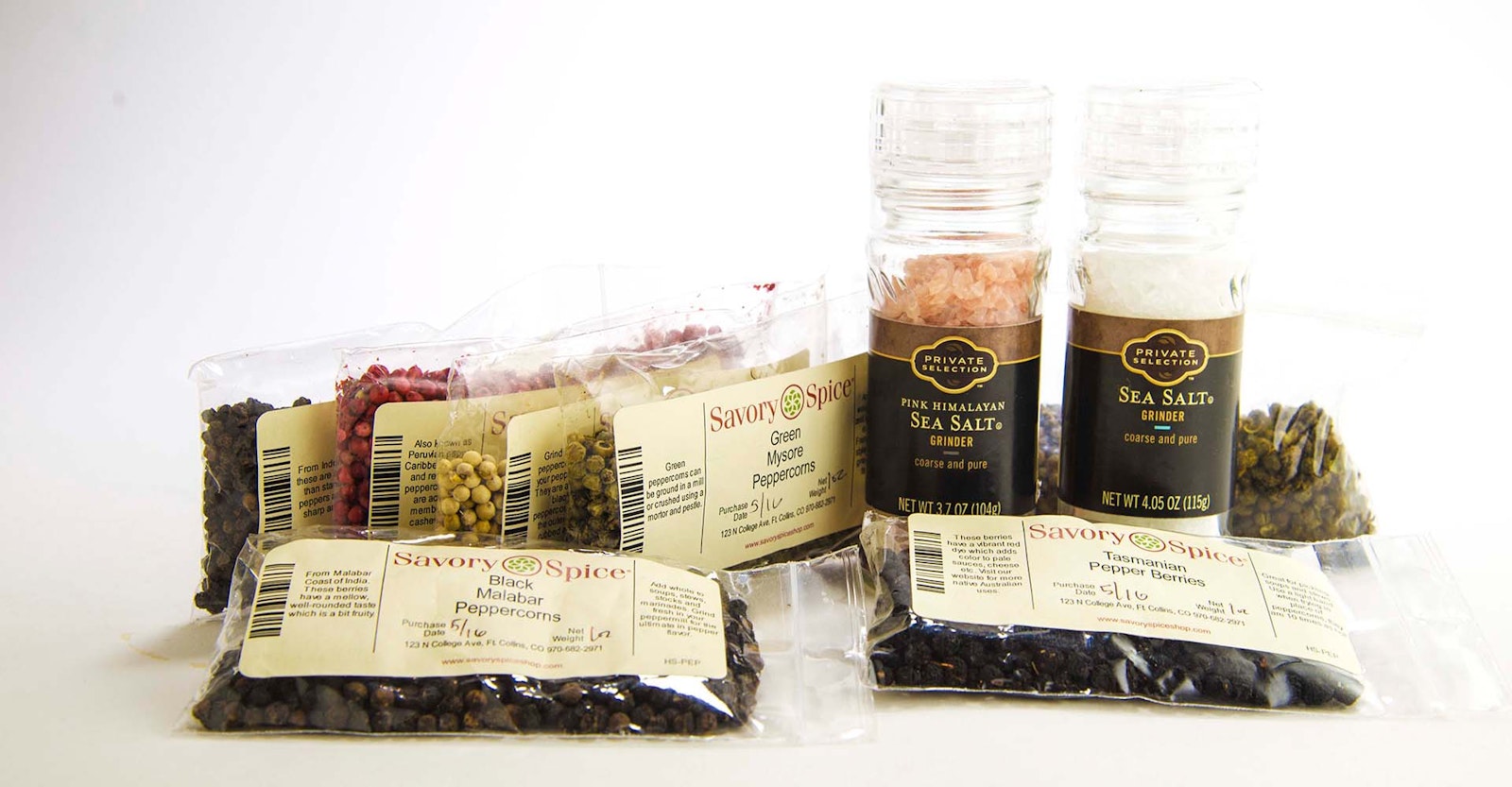Salt in beer is almost exclusively associated with the “rediscovered” German beer style, gose. In this tart, spicy, wheat style, the salt adds a nice, crisp, briny note to contrast the tart flavors. Typical gose recipes call for only about one-half to a full ounce of salt for a five-gallon batch. It’s generally added late in the boil, perhaps to maintain any subtle flavors that may volatilize off, but adding it earlier in the boil probably wouldn’t be detrimental. I would caution against including it in the mash, as it could affect mash enzyme activity in undesirable ways.
Since salt is used in a relatively small amount, a brewer can be forgiven for not giving too much thought to what type of salt to use. However, since it’s such a unique and signature ingredient of the style, it’s worth picking the right salt for a desired impact. You can find a ridiculous number of different salt varieties in the marketplace, and though all have a special use, some types are regarded for their texture and dissolvability on the tongue. Perhaps more refined palates can detect the nuanced textual differences from a fancy French sea salt in their gose, but I think for this conversation we can stick to varieties that can impact flavor and leave “dissolvability” comparisons to the foodies.
Kosher Salt
In a pinch (pun fully intended), kosher salt can deliver the desired goal of adding saltiness to a beer, and that’s about it. It doesn’t have the iodine or anti-caking agent (sodium aluminosilicate) found in typical table salt (DO NOT USE), but it’s almost singularly sodium chloride. It won’t provide any other minerality qualities that can enhance some of the desired malt flavors. It will quickly dissolve in the wort, so it can be added very late in the boil. Kosher salt is a serviceable alternative, but sea salt should be the first choice.
Sea Salts
A host of different sea salts are available, and a brewer can have fun choosing a particular geography’s boutique salt to add a certain sense of place to his/her beer. Ultimately, it’s the trace minerals in the salt that are adding the additional flavor. Typical white sea salt will have slightly more minerality than its kosher counterpart. It provides trace magnesium, manganese, calcium, and potassium, which can impart an overall “briny” character instead of a singular salty character, and can also improve general yeast health. These additional components, along with their chloride cation, can complement the malt and wheat characters in the beer.
It’s important to consider your water’s base mineral content. If you’re starting low on sulfates, all the extra chlorides could increase the underlying maltiness, which could distract from the tart brightness of a gose. Color is the clearest indication as to what additional minerals can be found in the sea salt. Pink Himalayan salt or Hawaiian Alaea sea salt has an increased iron oxide content, thus the reddish/pink hue. Trace iron can add an interesting component to the beer, but while it complements meat very well, it can give a slight blood-like character to the beer if overdone. It can also affect long-term stability by increasing oxidation, but for a beer that’s designed to be consumed fresh and quickly, this is less of a concern. Kauai sea salt has an added charcoal component, giving it a distinct gray/black hue and a smoke character, which could add an amazing complexity to a fruited gose (roasted pineapple gose with Kauai sea salt sounds incredible).
Beyond the gose, salt can balance the sweetness or sourness in a style or enhance some of the underlying rich flavors. Craft brewers are starting to show the versatility of salt in a number of different styles, as the recent non-gose salted releases from New Belgium (Fort Collins, Colorado), Monkey Paw (San Diego, California), Fonta Flora (Morganton, North Carolina), and Jester King (Austin, Texas) have demonstrated. With all the various salts and sea salts on the market, an intrepid brewer will never run out of options for experimentation.

